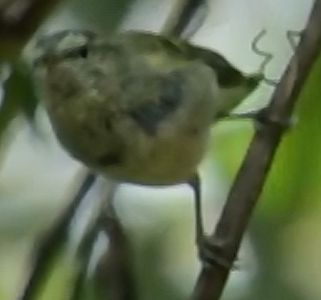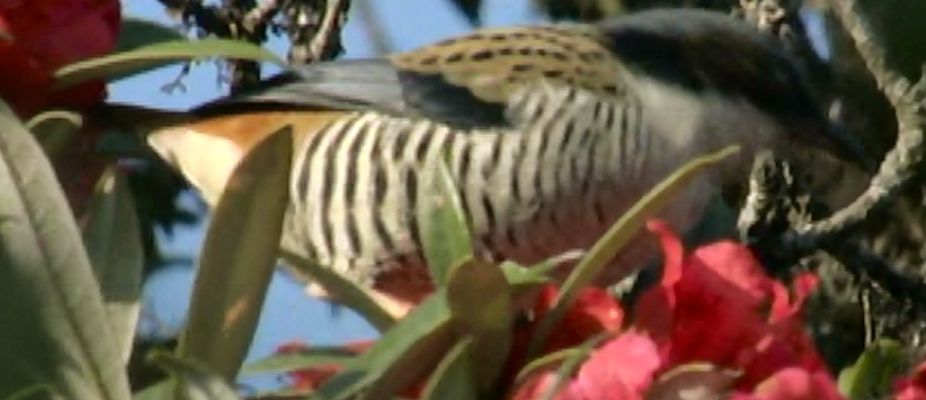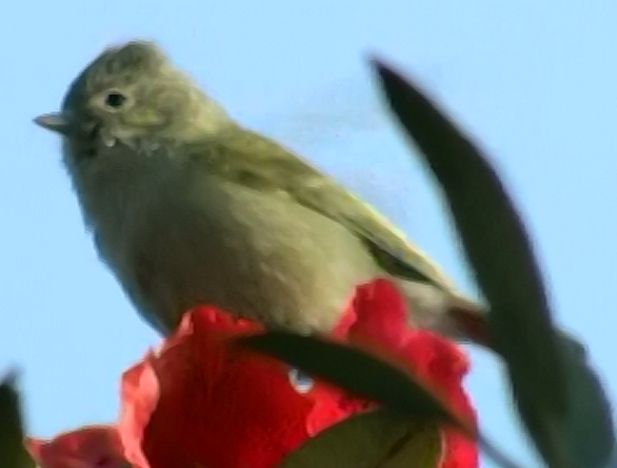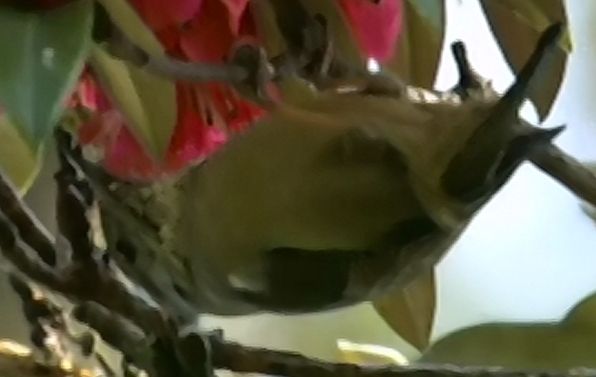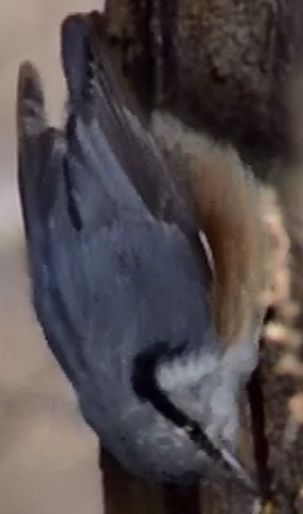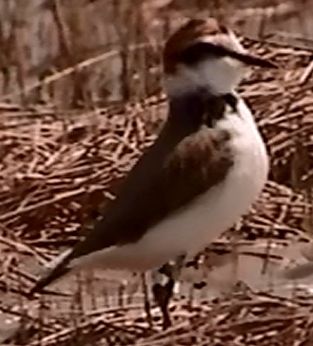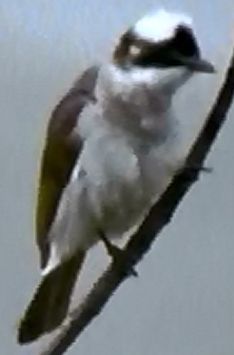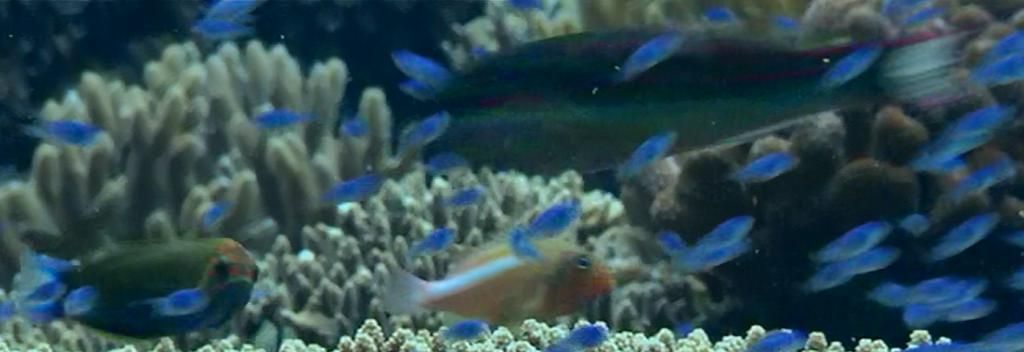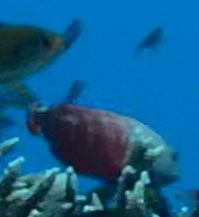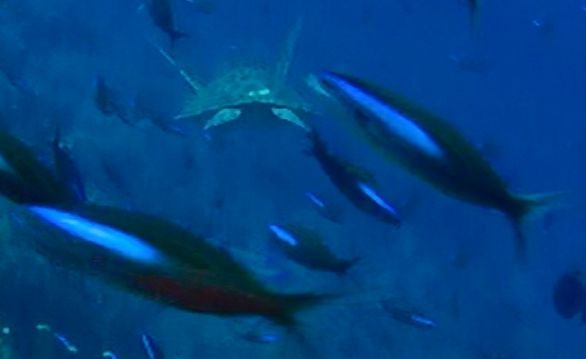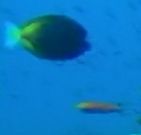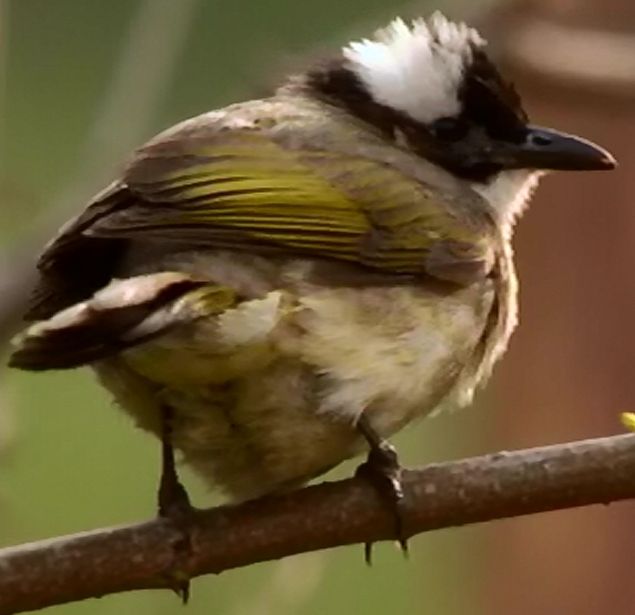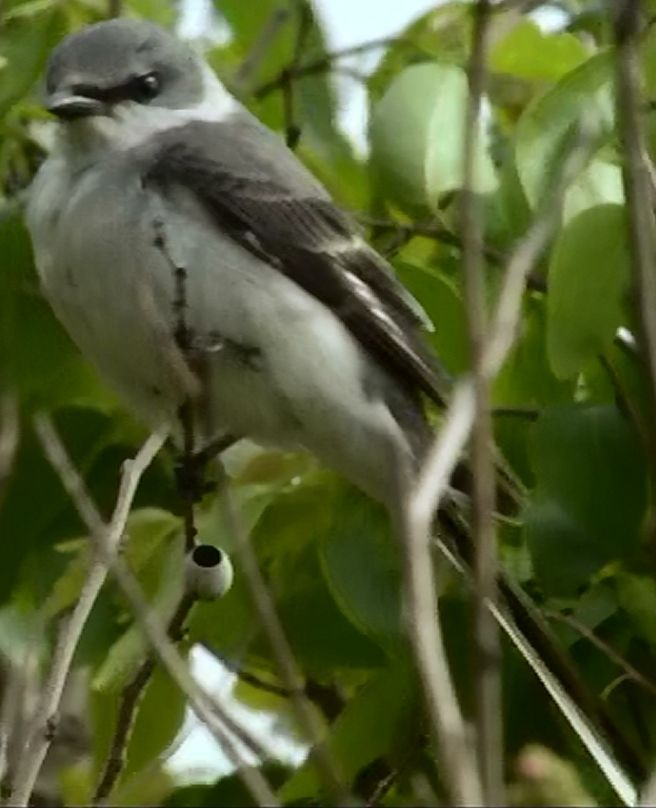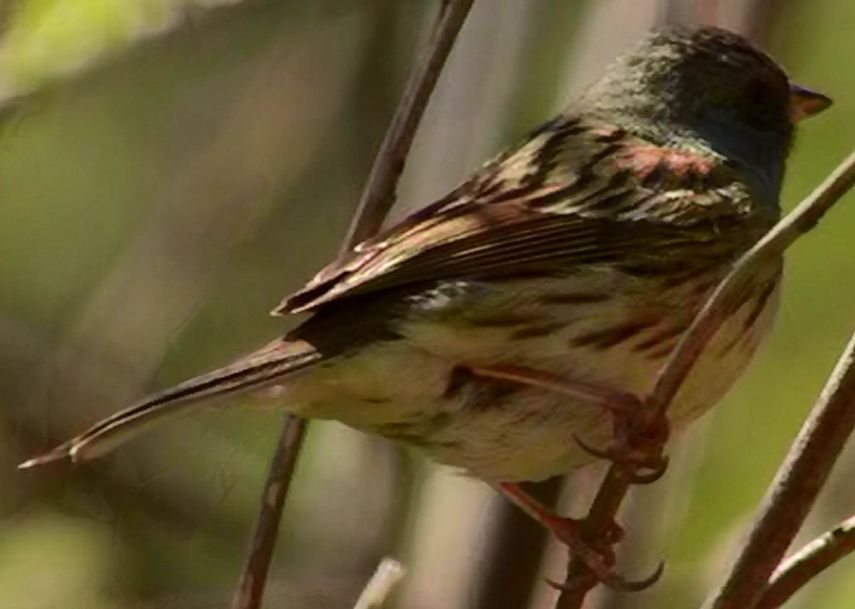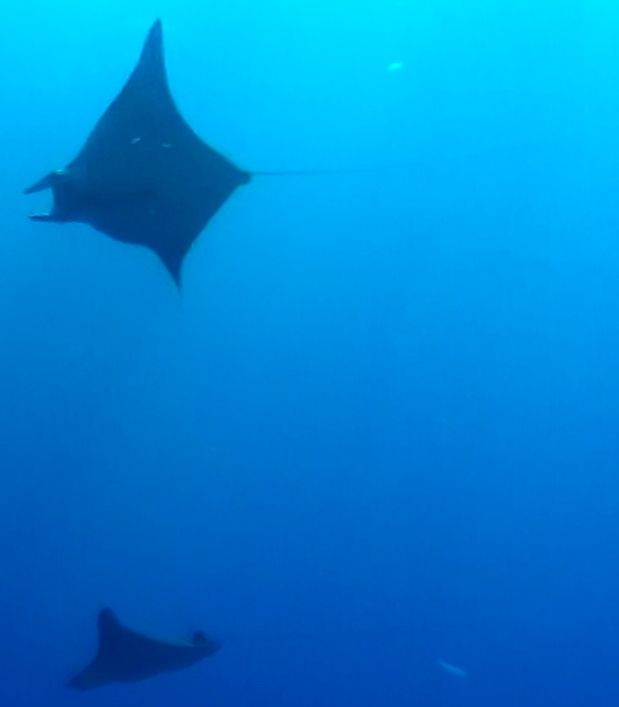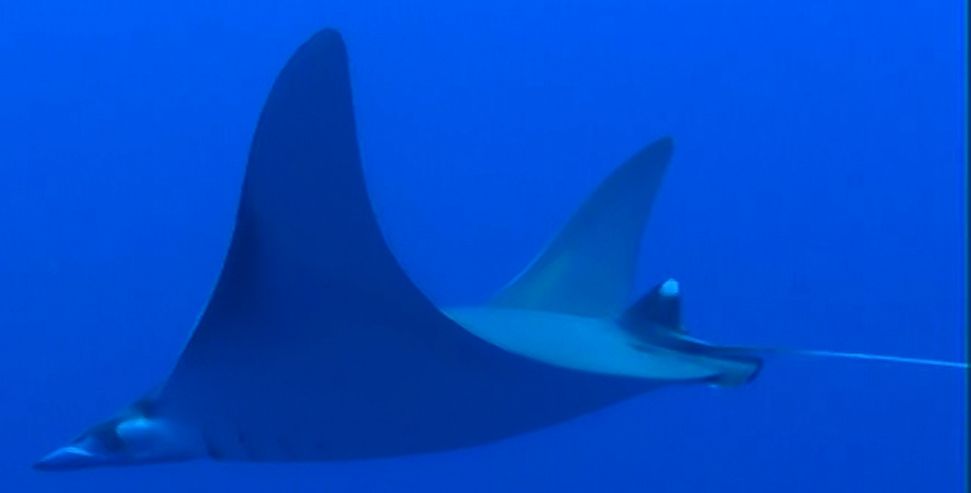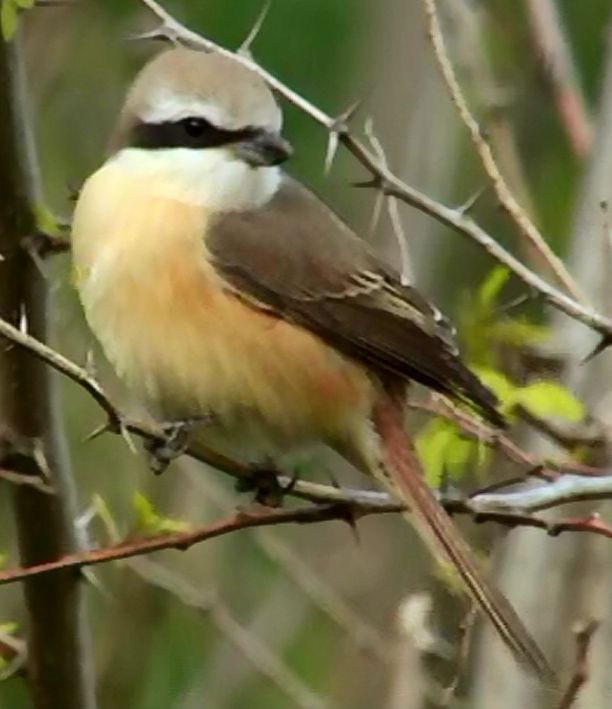Watched the BBC documentary Wild China on DVD. If you ever get a chance to watch this, do. The photography is superb, absolutley top quality. The narration is a little plebian, but remarkably accurate and evenhanded when it comes to discussing environmental issues, not ecocrap like far too many wildlife documentaries.
The series has six episodes, discussing in turn: southeast inland China, the Yunan abutting the eastern Himalayas, Tibet, Mongolia, northeast inland China, and the coast. Filming includes landforms, climatic regions, ethnic populations, ruins, wildflowers and wild animals.
I watched it particularly to see if I could identify the modern consequences of Mao’s war on the “Four Pests” where he set out to eliminate rats, flies, mosquitoes, and sparrows. With rats went all small mammals, with flies went native insects, with mosquitoes went wetlands, and with sparrows went many species of small birds up to at least the size of a grouse. The massive spraying of insecticides also killed off fish and amphibians, and insectivores. At the same time, cottage industry ironmaking caused the destruction of 10% of China’s forests.
I found that I couldn’t identify the modern consequences of that environmental catastrophe, the ecological effects were almost totally swamped by the destruction caused by the expansion of agriculture, and by the tendency of the Chinese to catch and eat anything and everything that moves. Wildlife in southeast and northeast inland China is in a terrible state, but in the other four areas is relatively healthy. Ecological initiatives since the early 1980s have helped a lot. Swifts and swallows have become the main insect eating birds of farmland.
I tried to identify as many as possible of the animal species filmed or mentioned throughout the series, including livestock. Only about half of these rated a mention in the narration.
(More to follow)


